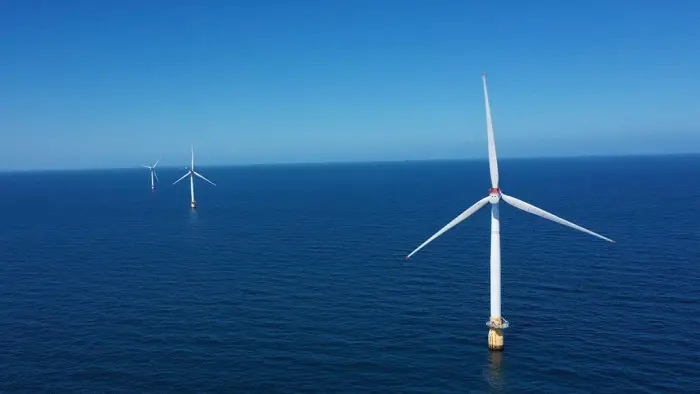The 5.5GW Aurora offshore wind farm project has reportedly received environmental approval or rather Natura 2000 permit from the County Administrative Board of Gotland, Sweden. This is a permit that indicates that the proposed renewable energy project is compatible with the Natura 2000 network.
The latter is a network of protected areas covering Europe’s most valuable and threatened species and habitats. It is reportedly the largest coordinated network of protected areas in the world, cutting across all the 27 European Union (EU) Member States, both on land and at sea. The sites within the Natura 2000 are designated under the Birds and the Habitats Directives.
The next step according to OX2 is for the County Administrative Board to propose to the government that the Aurora offshore wind farm can be built according to the Act of Sweden’s exclusive economic zone. OX2 is one of Europe’s leading renewable energy companies that develops, constructs, and manages among others onshore wind, offshore wind, solar, and energy storage system projects.
The company is working on the project with Ingka Investments, a corporate venture arm of Ingka Group that invests in treasury asset management, business development and digitalization, renewable sources, forestry, and circular economy.
Start of construction of the Aurora offshore wind farm
The Natura 2000 permit is one of several permits that OX2 and Ingka Investments need to have before the Aurora offshore wind farm project gets off the ground. The developers are however confident that they will receive all the required documentation and that construction could start in 2028.
The facility will be built approximately 20 kilometres from the island of Gotland and 30 kilometres from the Island of Öland on the Baltic Sea. It will comprise up to 370 wind turbines, with a maximum height of 370 meters, mounted on fixed-type foundations.

The first generation at the Aurora offshore wind farm is expected to begin approximately two years after the actual construction works of the Aurora offshore wind farm begin (i.e. in 2030). Generating 24 terawatt hours of electricity the facility will supply 5 million Swedish homes or about 17 per cent of the total electricity consumed in Sweden per annum.
Other than electricity generation, the power plant which will be one of the largest of its kind in the world, will offset 14,000,000 tons of carbon dioxide emissions (CO2) a year. Furthermore, since the Baltic Sea is an area of importance for the Swedish Armed Forces, with the help of sensors on the turbines the wind farm could assist with surveillance and control in the area according to the developers.
Speaking on the significance of the power plant, Emelie Zakrisson, the OX2’s Head of Development of Offshore Wind in Sweden said that it can really make a real difference and act as a motor in the net zero transition in the southern parts of Sweden.
“The large-scale production from Aurora offshore wind farm will facilitate for more local electricity production to be developed as well as hydrogen production to help decarbonize industry and heavy transports,” concluded Zakrisson.
Also Read
Construction set to start on Harjumaa Vitberget onshore wind farm in sweden
Construction begins on Sweden’s largest battery energy storage system

